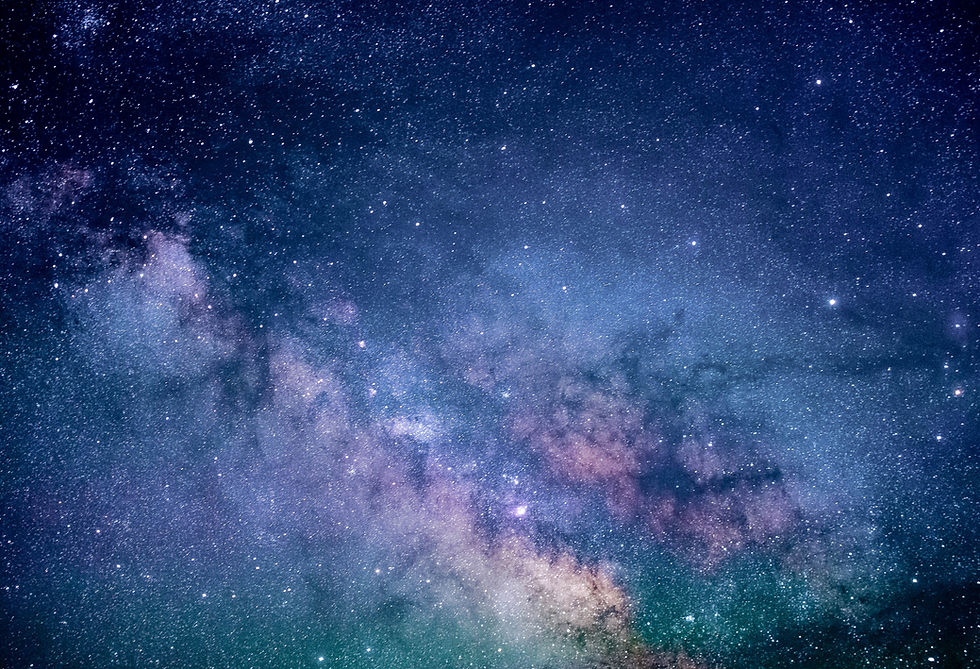Space is Hope - My Interview with an Astronaut
- Greg Sorin
- Oct 10
- 3 min read
Updated: Oct 10

I write and read a lot of science fiction. And I often think of the social commentary aspect of it, how the flashy spaceships and voyages into the unknown are used as vehicles to discuss important issues happening in our current time and how they may change (for better or worse).
Looking back on my brief stint as a small-town newspaper reporter years ago, the most exciting interview I conducted was on a phone call with a decorated Air Force Colonel and astronaut, Ronald J. Garan, Jr. in 2010. He was going to give the 121st commencement address at the State University of New York at Oneonta soon, as he'd graduated from the school with a degree in business economics. But when I called him, he was still down at the Kennedy Space Center, I believe. (Don't ask me how I managed to reach him by cold-calling. I got very lucky.)
He told me about his aquanaut training as part of NEEMO 9, the latest NASA Extreme Environment Mission Operation at the time, and going into space.
“It’s one thing to scuba dive in a coral reef,” he said at the time. “It’s another thing to be a three-week resident.”
He told me how the mission would include remote health procedures and the testing of robotic surgery equipment on patient simulators.
I can only imagine what that was like.
I'm a big Star Trek fan, and I've always loved its hopeful view of the future. But to talk to someone who had actually gone to space felt exciting and shocking. To imagine humans up in that great unknown was suddenly much more real to me, even over the phone.
Garan was on the STS-124, the 123rd space shuttle flight and on the 26th shuttle flight to the International Space Station, for which he was a mission specialist. This trip delivered a pressurized module and a robotic launch arm for the Japanese Experiment Module, called “Kibo” (or hope), to the ISS.
Beyond his 18 days at the bottom of the ocean, Garan spent 178 days in space and traveled more than 71 million miles during the ISS's 2,842 orbits of the Earth, along with spending 27 hours and 3 minutes out in space during four EVA spacewalks.
For Garan, time in space was transformative. The overview effect, as it's often called, really changed his perspective.
"When I looked out the window of the International Space Station, I saw the paparazzi-like flashes of lightning storms, I saw dancing curtains of auroras that seemed so close it was as if we could reach out and touch them," he has said in more recent interviews about his voyage. "And I saw the unbelievable thinness of our planet's atmosphere. In that moment, I was hit with the sobering realization that that paper-thin layer keeps every living thing on our planet alive."
He spoke about our need to move beyond views of separated societies and disparate economies.
"We're not going to have peace on Earth until we recognize the basic fact of the interrelated structure of all reality."
His impactful words make me want to read every speech, book, and sentence by astronauts and learn more from this small, knowledgeable bunch.
I've always felt impressed by the wonders of space travel, the new technology and innovations that have come from it, and especially the people who do it.
Garan's message to the Oneonta students that year was, "you can realize your dreams, so dream big."
I can only imagine what space travel must feel like. But through his words, I feel a bit closer to understanding why it's really important.


Comments